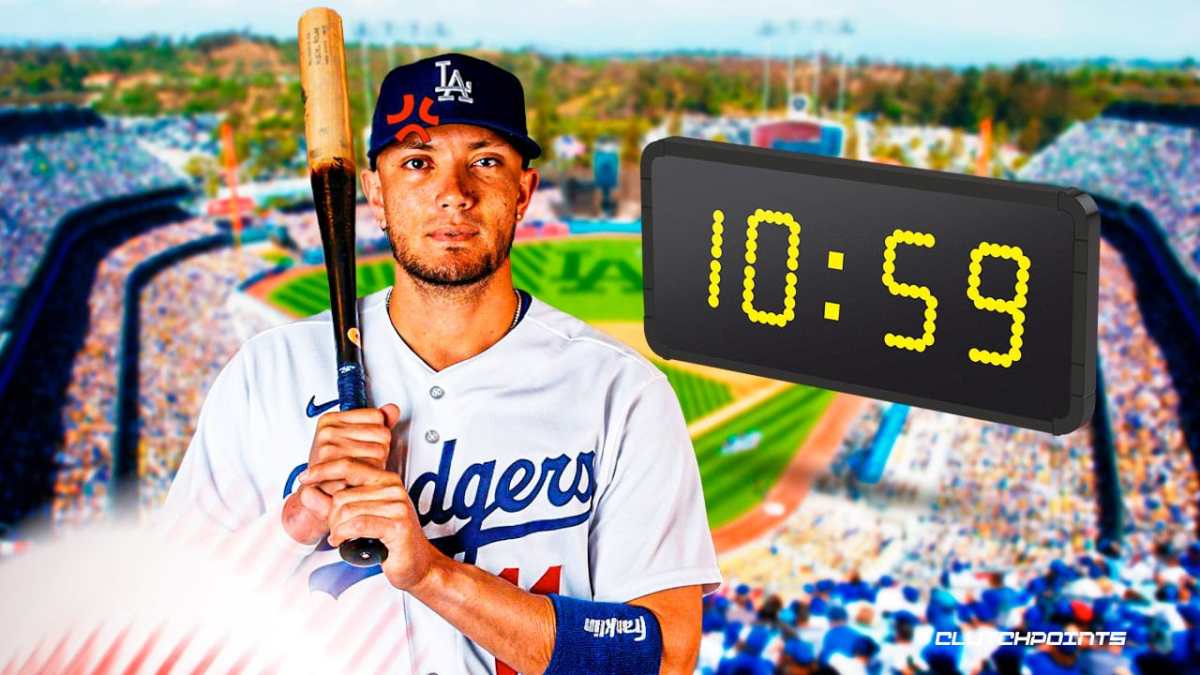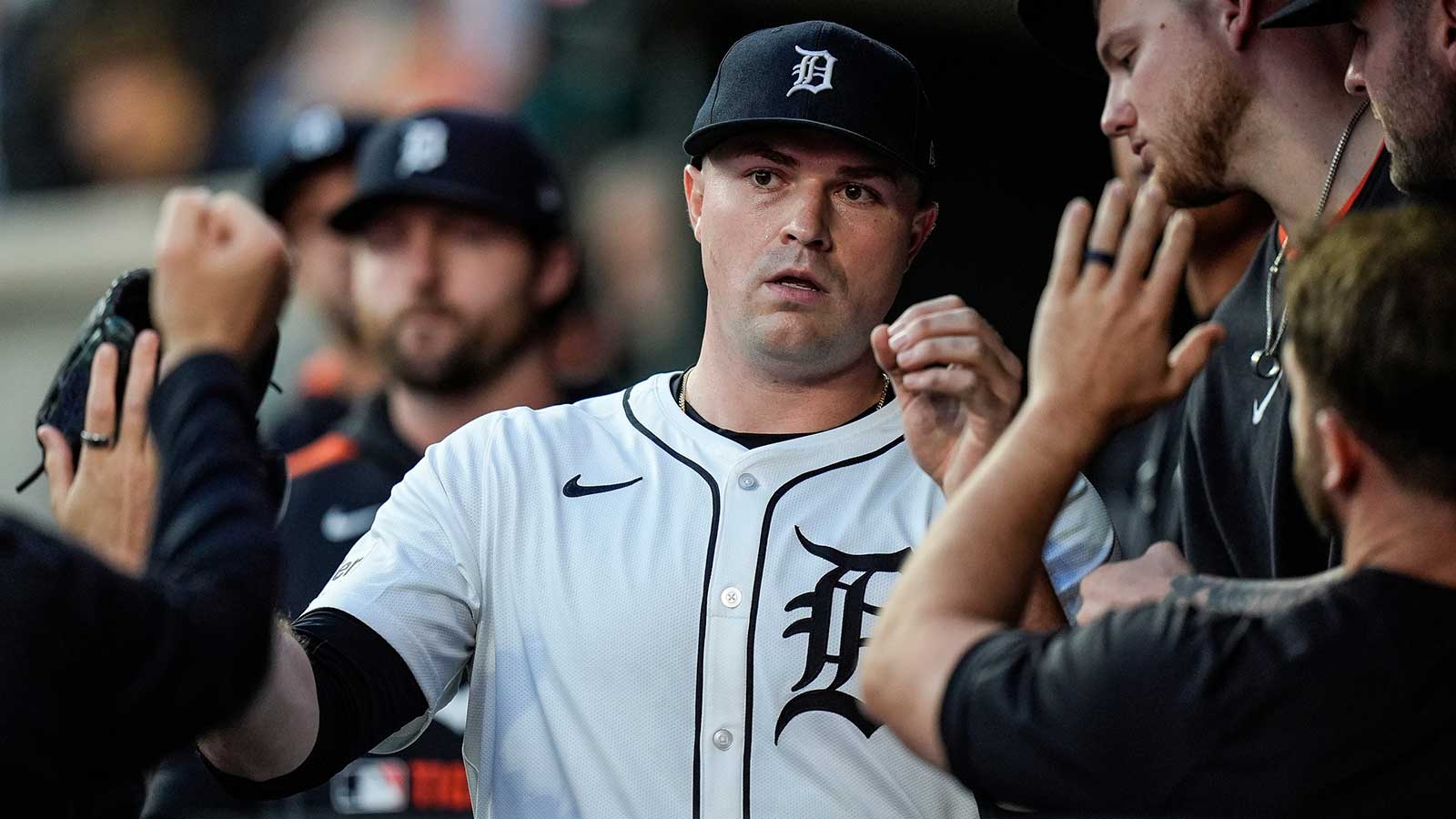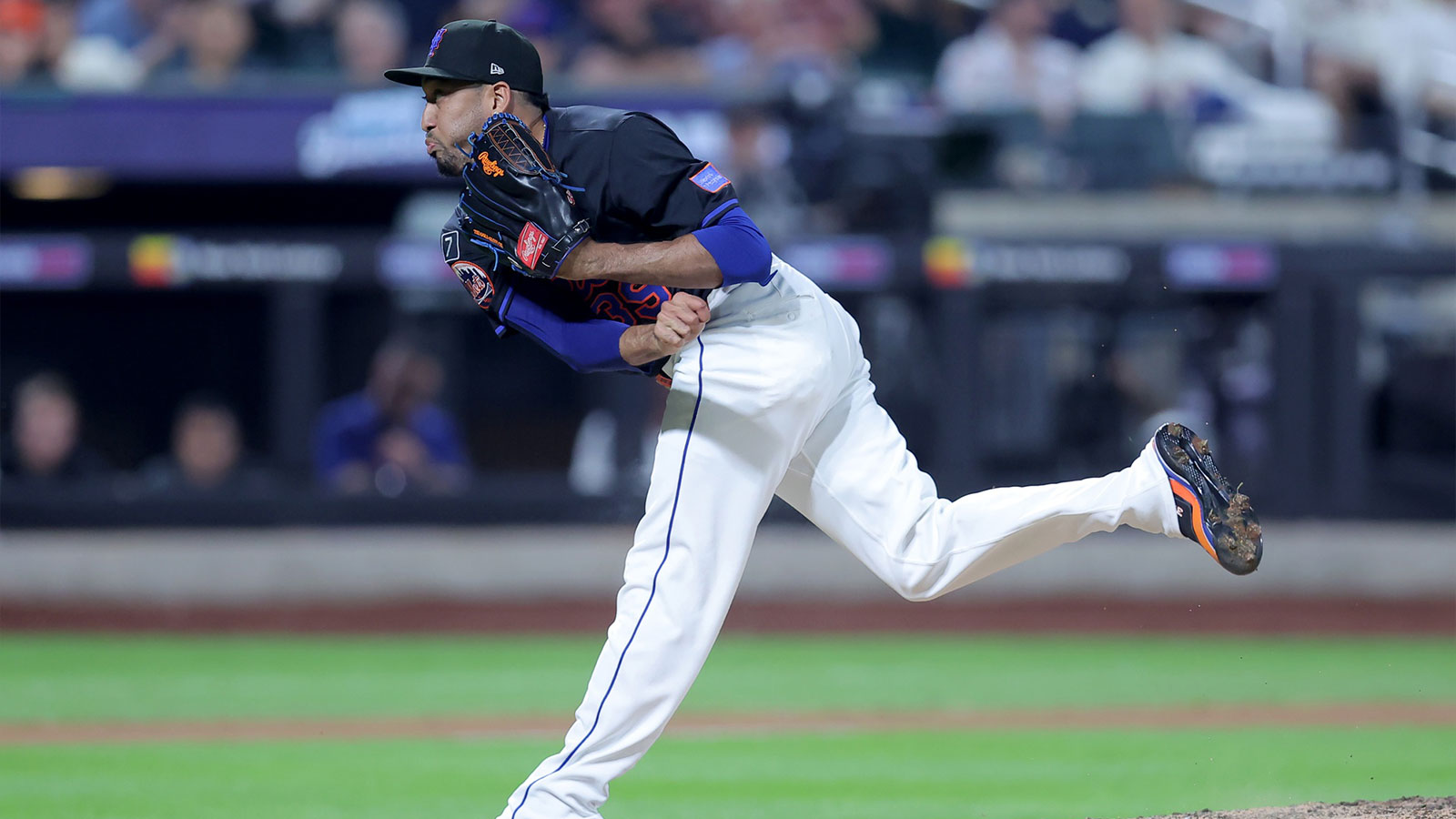Through the first few weeks of its roll out during Spring Training, the pitch clock has been almost unanimously praised. It's going great! Fans should be grateful! It's the best thing since sliced bread! But don't tell that to Los Angeles Dodgers shortstop Miguel Rojas.
“I hate it, man,” Rojas vented to Chris Rose on The Chris Rose Rotation, the podcast which he occasionally co-hosts. “I think it would be a little better if we had the clock, but the clock stops as soon as the pitcher starts the motion.”
The current iteration of the clock, Miguel Rojas argues, puts the batter at too big of a disadvantage.
“I found myself the other day looking at the clock when the pitch was coming to me because the clock is right there and that creates a little bit of anxiety because the guy needs to throw the ball,” Rojas explained. “You see already some guys are using it to their advantage, you know? They hold the ball until it's like three, two, and before one, they pick their leg up and pitch. You need to get in the box with eight seconds left. Do you know how hard it is to be eight seconds, just waiting for the guy to deliver the ball? You get tired.”
Similarly, the fact that the batter has just one timeout encourages the pitcher to try to manipulate the pitch clock.
“Knowing that I have just one timeout is a benefit to the pitcher,” the Dodgers shortstop added. “He just wants you to burn it so later in the at-bat, he can do whatever he wants with the timing.”
Pitchers like Wandy Peralta and Max Scherzer have already begun to weaponize the pitch clock to the extent that MLB sent out a memo that the batter must be “reasonably set” before the pitch can be delivered.



















